
Last week I was alerted to a new publication on the Mesolithic, namely a little booklet about Mesolithic Teesside. You can download it for free.
It is a nice piece of work that discusses a wide range of things with lots of great illustrations. It introduces the reader to the concept of the Mesolithic and some of the ways in which we collect data about the period. The problems of researching a period in which settlements were often transitory and the material culture was by-and-large made of organic materials that have long since disappeared are well presented. There is a good introduction to the environment in which our Mesolithic ancestors lived, including past changes in relative sea-level and to the natural world which provided the resources from which people lived. Everything is related to local sites and there is information about sites and locations that would once have been considered obscure such as the fish trap from Seaton Carew and the submerged landscape there.
Of course, there are bits with which I take issue such as the description of Doggerland as a land bridge, or the confusion of tsunami and tidal wave, but these are minor in relation to the overall value of the booklet as a whole. Given the general invisibility of the Mesolithic in recent archaeology it is just brilliant to see something like this, which discusses such a wide range of information in clear well illustrated text and relates it to a specific area. All for free!
One aspect of the booklet in particular got me thinking. The cover is a striking image of a Mesolithic family set against local cliffs. It is very twee and clearly views the Mesolithic through the eyes of the modern, nuclear, family, but perhaps this is no bad thing if it can be used to introduce discussion about how we gather evidence, how we know what we think we know, and the biases that we bring to our understandings of the past. It is another aspect of the image that re-awakened one of my mental conundrums.
It is the clothes. Whenever we draw reconstructions of the Mesolithic we provide clothing for everyone. I do it myself when working with artists to illustrate Mesolithic life. But, there have been societies living in similar or worse climates that made little use of clothes. The Yamana of Tierra del Fuego, for example, had problems with keeping skin clothing dry and supple; for them, to wrap yourself in wet furs would be a quick way to catch cold. So they used fat to provide an insulating layer over their bodies and they took fire wherever they went in order to be able to provide warmth when necessary. It might seem like a strange lifestyle choice, but it was the helpful attempts of the London Missionary Society to hand out clothing collected in the UK that led to problems with hypothermia and cross infection. Think of the rural photographs of nineteenth century Scotland. The children are often barefoot even in circumstances that we would regard as challenging today.
I’m not saying that we should assume that folk in Mesolithic Britain went naked, but I am saying that we need to think about our assumptions. What archaeological evidence might we expect for clothing? Do we find it? I’m not sure that we have had the debate, but it would be good to start it. Meanwhile, I will continue to give my Mesolithic people clothing for now!
And if you have an interest in the Mesolithic I would urge you to download the Teesside Archaeology team’s excellent publication.

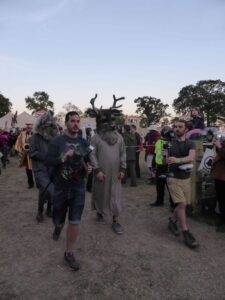
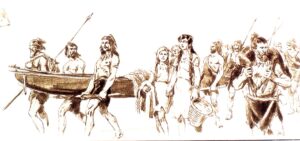

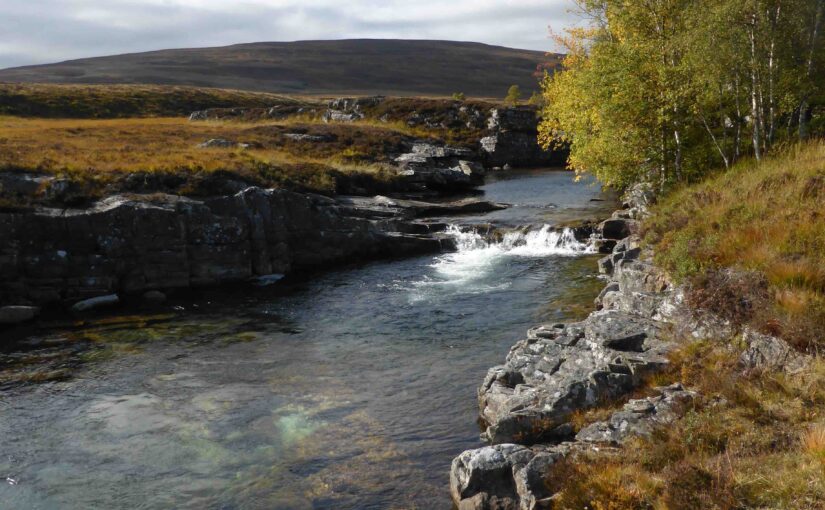
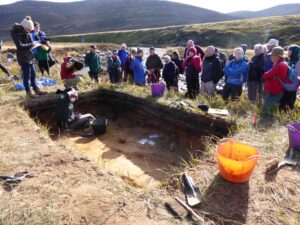
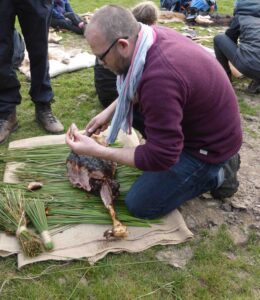
You must be logged in to post a comment.